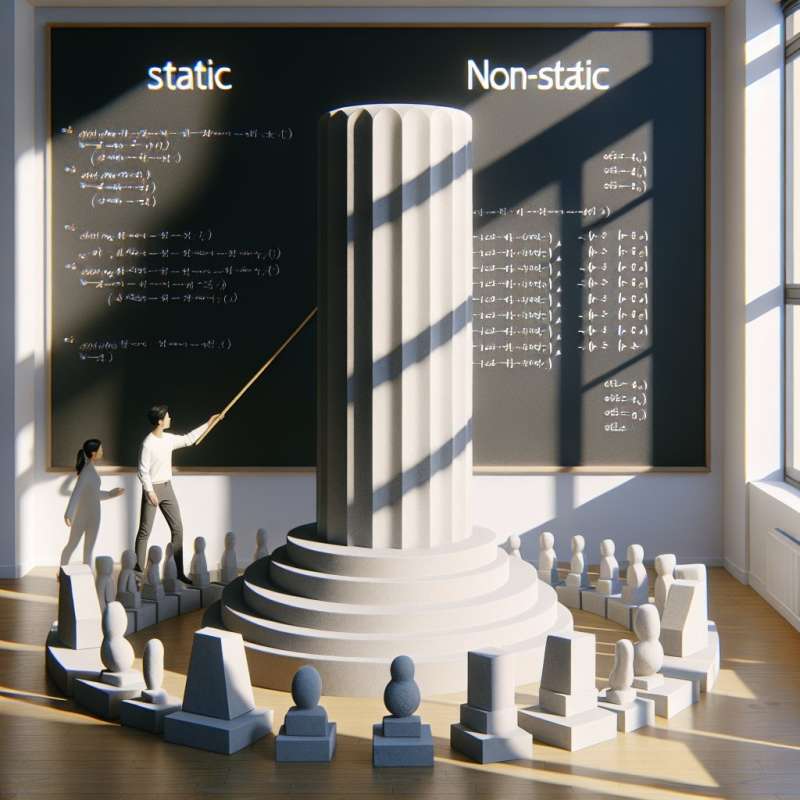
Java Class Essentials
In Java, a class is a blueprint from which individual objects are created. A class encapsulates data for the object and methods to manipulate that data. It's the core concept in Java's object-oriented approach.
Class Members Variety
Java classes contain fields, methods, constructors, blocks, and nested classes. Fields are variables, while methods are functions. Constructors instantiate an object, blocks execute code, and nested classes provide modular structure.
The Constructor Story
Every class has a constructor, whether you define it or not. Java provides a default constructor if none is specified. Constructors can be overloaded by defining multiple constructors with different parameters.
Static vs. Non-Static
Static members belong to the class, not individual instances. Static methods can be called without an object. Non-static members are instance-specific, requiring object creation to be accessed or manipulated.
Inheritance Deep Dive
Java supports single inheritance, where a class can inherit from one superclass only. This encourages cleaner hierarchies. Interfaces supplement this by allowing implementation of multiple sets of methods.
Inner Classes Insight
Inner classes are defined within another class. There are four types: static, non-static (member), local (within a method), and anonymous. Each type has its use-case, providing a powerful encapsulation mechanism.
Class Loading Magic
Classes are loaded into the JVM at runtime by class loaders. The loading process is dynamic and hierarchical, allowing Java to be both secure and flexible with binary data representing classes.
What encapsulates a Java class's data?
Methods only
Fields and methods
Constructors and blocks
Company